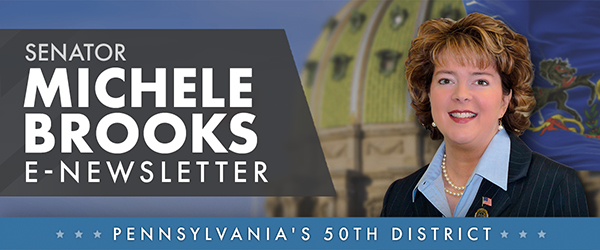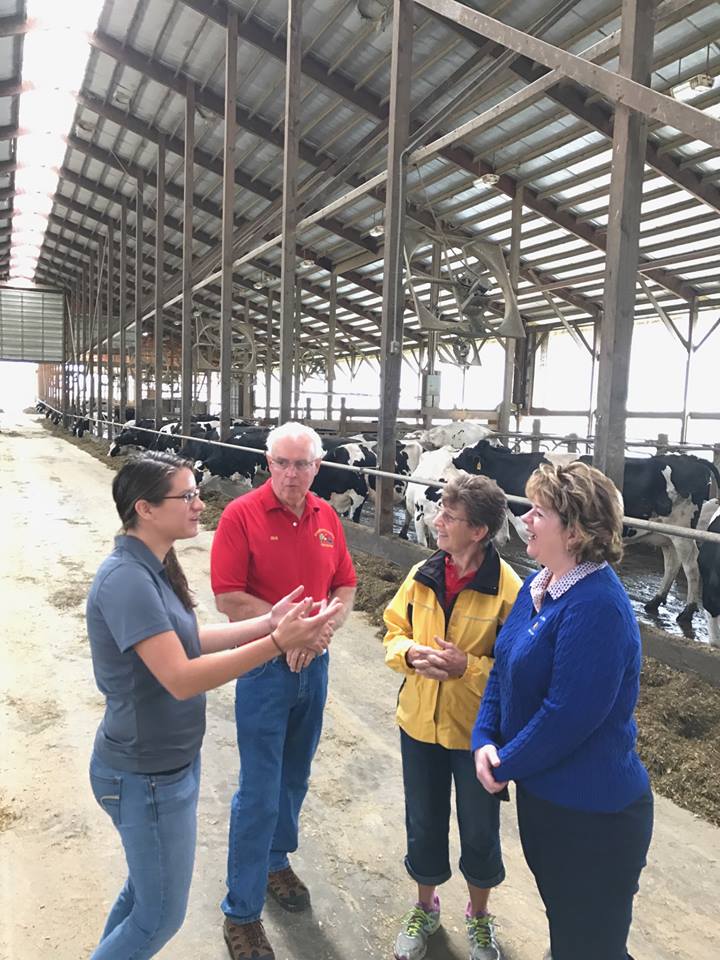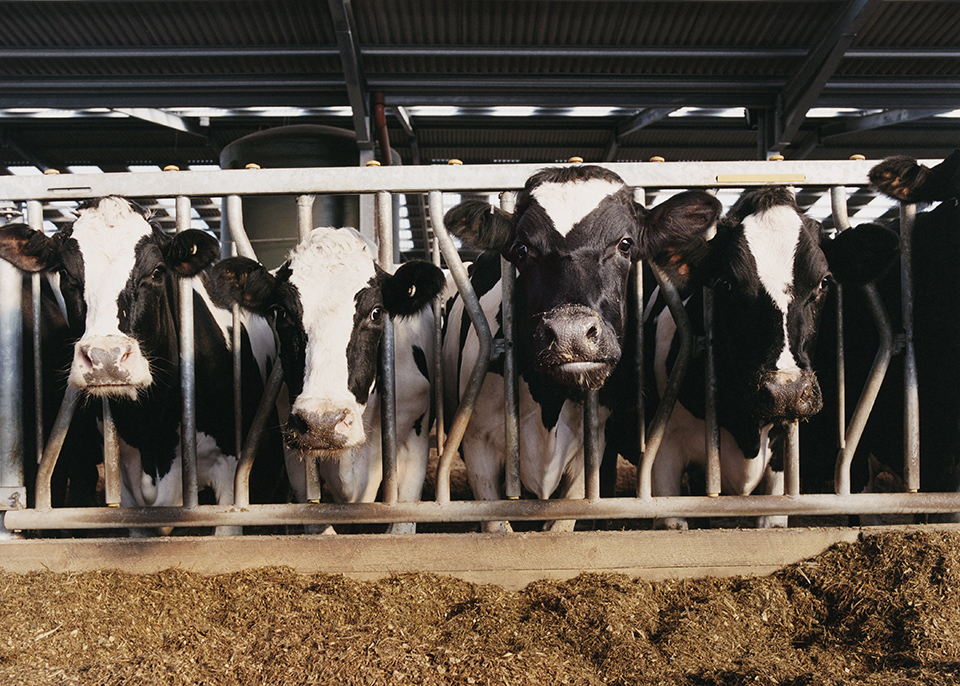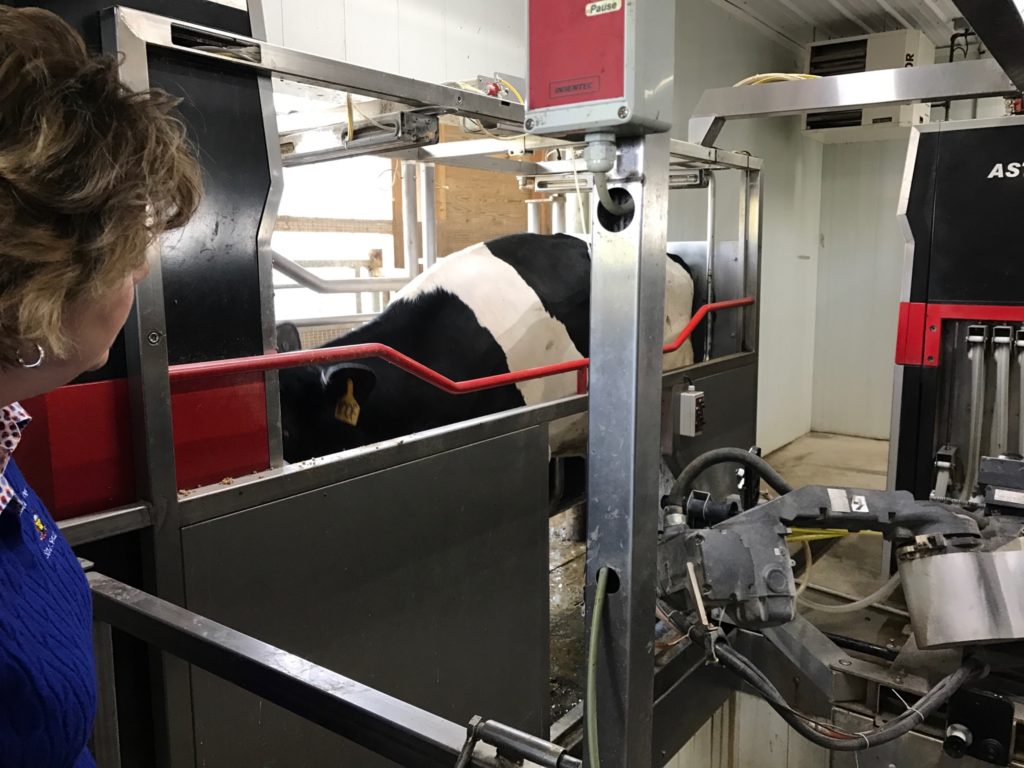
|
||||
Two New Programs Unveiled to Help Dairy FarmersMilk prices have always been volatile, but today’s prices are particularly unpredictable, making it extremely difficult for dairy farmers to plan for the future and ensure their viability long-term.
I recently met with the Center for Dairy Excellence to continue our conversations about this market volatility and the plight of our dairy farmers. The Center informed me of two programs that may help, and I wanted to pass the information along. For some, it may be helpful, and for others, not, but I did not want to take for granted that our dairy farmers knew about these two new risk management programs: 1) the Dairy Revenue Protection (DRP) and 2) Dairy Margin Coverage (DMC) Programs.
Through June 15th, farmers can buy policies to cover the third quarter of 2019 through the third quarter of 2020. After that, the policy dates move each quarter, to start with the fourth quarter of 2019. The DRP program is customizable to each farmer’s unique situation and market. Dairy farmers can choose from two options, both of which allow them to set a floor for their milk price that more accurately reflects their actual milk check.
The first option is the Class Option, which gives farmers the ability to set a milk price floor based from Class III, IV, or a combination of both prices. This allows the farmer to more accurately set a milk price floor that reflects the actual price he/she may receive in the milk check. The second option is the Component Option, which is based on the quarterly component yield in the milk produced. Milk with high butterfat and protein concentrations receives a premium from the marketplace, thus represents a higher value product relative to average milk components. The Component Option allows dairies with higher component yields to buy a policy that considers the higher value of milk components and sets a higher milk price floor than using the Class Option. For either option, if the actual price for that quarter is lower than the covered price, an indemnity is triggered and the dairy farmer gets paid the difference in revenue between the actual price and the price they paid to insure.
There are two size classifications with two premium schedules. Tier 1 dairies are defined as five million pounds annual production or less, and Tier 2 dairies are greater than five million pounds of annual production. Average Tier 1 premiums are significantly cheaper than Tier 2 premiums; however, Tier 2 dairies can participate at Tier 1 premiums and margins up to their first 5 million pounds of annual production. Dairy farmers can elect coverage for margins of $4.00 per hundredweight up to $9.50 per hundredweight in 50 cent increments. Tier 2 margin is capped at $8.00 per hundredweight after the first 5 million pounds. Both sizes can cover from five up to 95 percent of their production history as defined by the previous 2014 Farm Bill. The $4.00 margin is free with the $100 administration fee. Margins for January, February and March 2019 are $7.99, $8.22 and $8.85 per hundredweight, respectively. If farmers cover up to their first 5 million pounds of production this year at the $9.50 per hundredweight margin, they are already guaranteed payments of $1.51, $1.28 and $0.65 per hundredweight. The payment in January alone nearly pays the annual premium for the entire year.
The DMC program offers a discount and some refund options. If a dairy farmer elects to sign up for DMC at a certain margin coverage and volume for the full term of the 2018 Farm Bill (2019-2023), they will receive an annual 25 percent premium discount. Otherwise, farmers can enroll on an annual basis and change their coverage based on the projected margin for each year. The DMC program replaces the Margin Protection Program from the 2014 Farm Bill. The MPP did not function as it was intended, and many dairy farmers spent significant amounts of money buying margin coverage on a program that they received little to no benefit from. As a result, DMC gave dairy farmers two refund options to recoup some of that cost. Eligible dairies can request a 75 percent refund of net premiums (premiums paid minus benefit received) to be used to pay for future DMC premiums during this Farm Bill cycle (2019-2023). Alternatively, dairy farmers can request a 50 percent one-time cash refund of net premiums. The 50 percent option is also available to dairy farmers that participated in MPP but are no longer in business. Brooks Announces Extension of Property Tax/Rent Rebate DeadlineHARRISBURG – (June 13, 2019) Sen. Michele Brooks reminds residents that there’s still time to submit an application for the Lottery-funded Property Tax/Rent Rebate program. The June 30 deadline has just been extended until Dec. 31, 2019. “More than half a million senior citizens, widows, widowers, and people with disabilities benefited from the Property Tax/Rent Rebate Program last year,” Sen. Brooks said. “By giving eligible residents another six months to apply, we can better ensure that everyone who is eligible has more time to apply.” Applicants may obtain claim forms (PA-1000) and related information at Sen. Brooks’ district offices in Greenville, Meadville and Edinboro. Assistance with the form is also available at no cost to you in these offices. Please check her website for office hours and location details at www.senatorbrooks.com. As of June 1, the Department of Revenue had received 432,411 rebate applications. By law, rebate distributions cannot begin until July 1. Applicants who have already filed their forms for rent or taxes paid in 2018 should expect to receive their payment in the mail in early July. As a reminder, for applicants who wish to receive their checks via direct-deposit, they are required to submit their bank account information on their application forms. After June 30, rebates will be distributed as claims are received and processed. Applications typically take four to six weeks to process. “I know some residents have been receiving mailings and phone calls from companies that would charge them a fee for help with these forms,” Sen. Brooks said. “Please know that paying a third party will not get you additional money, and my office is very happy to help you with the forms at no additional charge to you.” The rebate program benefits eligible Pennsylvanians age 65 and older; widows and widowers age 50 and older; and people with disabilities age 18 and older. The income limit is $35,000 a year for homeowners and $15,000 annually for renters, and half of Social Security income is excluded. The maximum standard rebate is $650, but supplemental rebates for certain qualifying homeowners can boost rebates to $975. The Department of Revenue automatically calculates supplemental rebates for qualifying homeowners. Since the program’s inception in 1971, older adults and those with disabilities have received more than $6.7 billion in relief. The program is funded by the Pennsylvania Lottery and revenue from slots gaming. |
||||
|
||||


Want to change how you receive these emails? 2025 © Senate of Pennsylvania | https://www.senatorbrooks.com | Privacy Policy |


